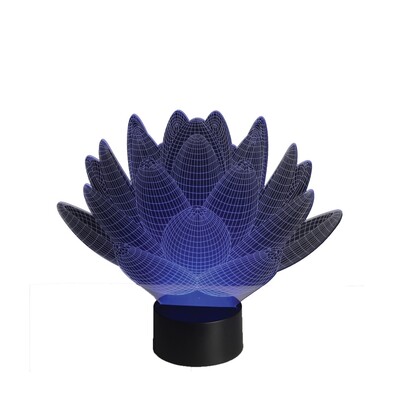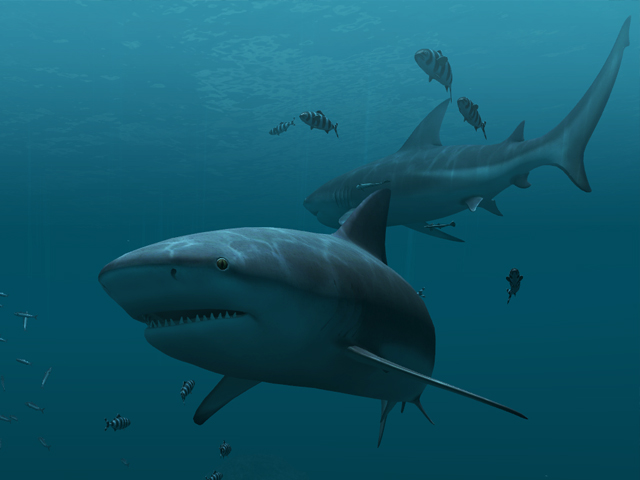

Other ocean-inspired researchers have used 3D printing to improve airplanes, and there’s been a lot of research into the drag-reducing properties of shark denticles. But sharks have been doing so for a lot longer than planes.

They both decrease drag and generate lift using the shapes of their bodies. While they may not seem very similar, airplanes and sharks are both designed to move efficiently through either air or water.
#Sharks 3d view skin
“The skin of sharks is covered by thousands and thousands of small scales, or denticles, which vary in shape and size around the body. We know a lot about the structure of these denticles - which are very similar to human teeth - but the function has been debated,” explained George Lauder, the Henry Bryant Bigelow Professor of Ichthyology and Professor of Biology in Harvard’s Department of Organismic and Evolutionary Biology and a member of the original research team. Now, a new team of Harvard engineers and evolutionary biologists, together with colleagues from the University of South Carolina, are building on this original 3D printing research to try to create more aerodynamic machines. Four years ago, scientists from Harvard University scanned sections of shark skin, then developed a 3D printable material from the data that replicated, to the best of its ability, the properties of real shark skin the material was then used to give flexible paddles an astonishing 6.6% boost in swimming speed. Sharks have very unique skin – it gives the animals some help in rapidly propelling themselves through the water thanks to tiny, teeth-like scales called denticles.


 0 kommentar(er)
0 kommentar(er)
